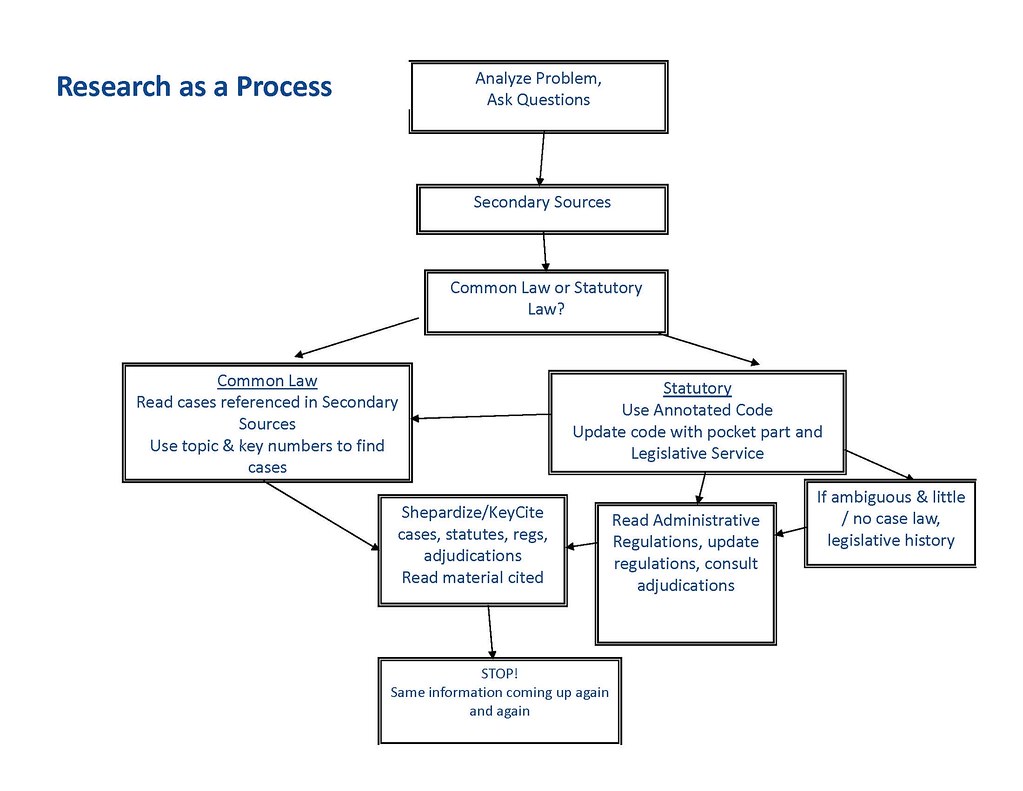Legal materials can fall into two different categories: (1) Primary and (2) Secondary. Statutes are a primary legal source. Statutes are laws of general force and effect enacted by a legislature and signed by an executive. Statutes are fluid in nature. Once enacted, the legislature may continually return to the statute and change (amend) it.
Both state and federal statutes follow the same basic steps going from bill to session law form. Statutes are first enacted by the legislature. Then they are signed by the executive. They may first be published as a slip law. These slip laws are then published as session laws, a chronological arrangement of the enacted laws of a jurisdiction.
Session laws of a permanent and general nature are codified to the statutory code of the jurisdiction. A code is a subject compilation of these laws of a permanent and general nature. The advantages of using a code for research include the fact that codes collate original laws with later amendments, they bring all laws on the same subject together, and they eliminate repealed, superseded, or expired laws.
For more information on the process of a bill becoming law, please consult our legislative history guide: http://guides.libraries.uc.edu/Federal_Legislative_History.
Where do statutes fall in the research process? Well, if you’re following a basic research strategy, after you consult secondary sources and determine that your issue is statutory, you’ll want to go research in an annotated code volume.

The first step in the research process is to analyze the problem and to ask questions. The second step is to consult secondary sources. The third step is to answer the question is it common law or statutory or do you have a cause of action that can be filed under both? Your secondary source research can help with that.The fourth step branches out depending on if you have a common law or statutory law issue. If it is a common law issue, you will read cases suggested by your secondary sources and find cases using headnotes and topic and key numbers. If your issue is statutory, you will consult the annotated code. You want to update the annotated code with the pocket part or supplement and the Legislative Service if you are working with print resources. The annotated code will give you case summaries for important cases that interpret the statute. After consulting the annotated code for a statutory issue, you will move on to finding cases. You will look up the full-text of the cases you found in the annotated code, look at the cases suggested by secondary sources, and look for more cases using the headnotes and topic and key numbers. If you are not able to find case law for your statutory issue and the statutory language is ambiguous, you will do legislative history research. Also, any time you have a statutory issue, you will need to find any applicable administrative regulations and update those regulations.You will want to consult administrative adjudications. Regardless of whether you have a statutory or a common law issue, you will need to make sure your cases are good law. You will Shepardize or KeyCite your cases. If this is a statutory issue, you will also need to Shepardize or KeyCite the statutes and regulations. Stop researching when you keep finding the same information over and over again.
 Available to Law Students only (see a reference librarian if you do not have a CALI activation code).
Available to Law Students only (see a reference librarian if you do not have a CALI activation code).
University of Cincinnati Libraries
PO Box 210033 Cincinnati, Ohio 45221-0033
Phone: 513-556-1424
University of Cincinnati
Alerts | Clery and HEOA Notice | Notice of Non-Discrimination | eAccessibility Concern | Privacy Statement | Copyright Information
© 2021 University of Cincinnati
